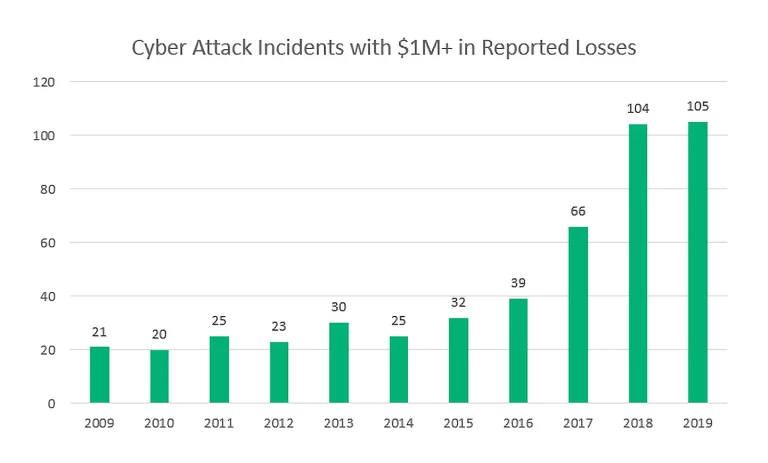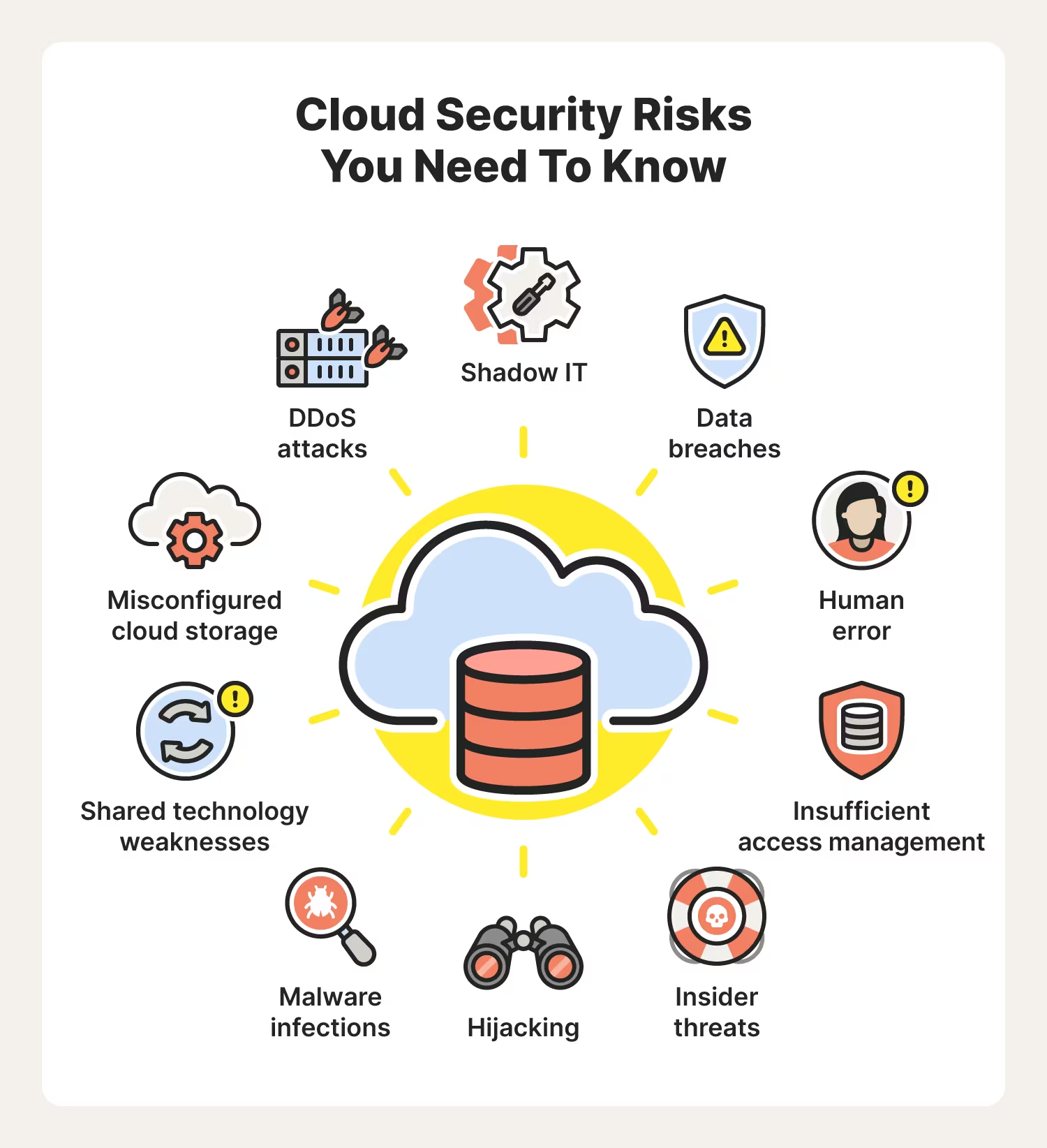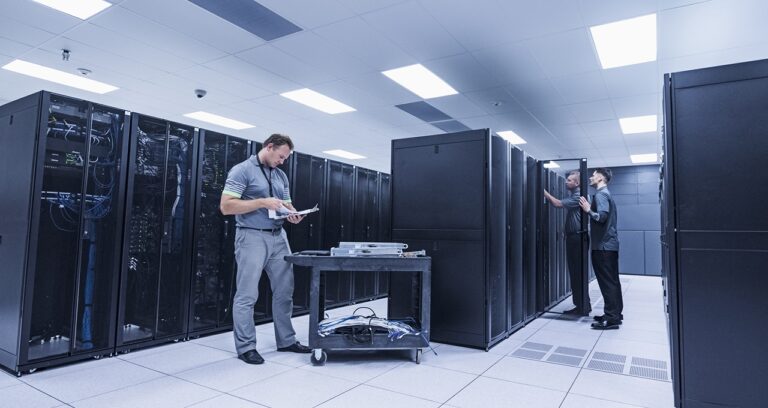Is Your IT Infrastructure Truly Adaptable?
One of the most important aspects of robust IT architecture is adaptability. Your infrastructure needs to be able to adapt to meet ever-evolving security threats. Without this kind of adaptability, your current cybersecurity IT architecture might soon be prone to more sophisticated forms of cyberattack. You need to ensure that your business can respond to all types of threats effectively.
In this article, we will be delving into signs that your IT infrastructure isn’t adaptable and how you can enhance it if that’s the case.
Signs Your IT Infrastructure Needs to be More Adaptable
One clear sign that your IT infrastructure is not adaptable enough is if you’re going through a phase of rapid growth and your systems aren’t coping with the changes. You may have a bigger customer base to accommodate, an increasing range of products, or a workforce that is more diversified in terms of roles and locations. All of these factors can put pressure on an existing IT infrastructure that isn’t adapted to cope.
There are many kinds of costs when it comes to maintaining IT infrastructure for business. If any of these costs start to feel too high, or they start increasing significantly, then it may be time to upgrade your existing architecture. High energy bills, for instance, could mean that your equipment simply isn’t efficient enough. Another possibility is that your IT solutions are too expensive, indicating that you’re with the wrong provider.
In May 2018, the EU’s General Data Protection Regulation (GDPR) came into effect, bringing with it many data protection measures that need to be integrated into IT infrastructure. Even for companies not based in the EU, if they handle data belonging to EU citizens, then they are subject to these regulations. These organizations need to be able to show consent, ensure optimum security, and have IT infrastructure in place that allows them to delete all the data pertaining to an individual on request. If your existing architecture cannot meet these demands, then it’s time for a change. Otherwise, your business could be subject to some hefty fines.
Every business experiences network downtime at some point, but this definitely isn’t something you should be experiencing consistently. If applications are slow, machines are crashing, or you’re encountering a lot of security breaches, then you need to look into upgrading your systems and equipment.
If you experience a cyberattack that compromises essential data, do you have reliable and separate backups in place to ensure business continuity? If not, then your IT infrastructure certainly needs an upgrade.
How to Implement Adaptable IT Infrastructure
We have briefly described some ways you can make your IT architecture adaptable, such as switching your provider for IT solutions. However, enhancing adaptability can be achieved using other strategies too.
Infrastructure adaptability is often best achieved using modern solutions such as cloud technology. This drastically differs from the traditional approach of having on-premises infrastructure, which cannot be scaled up or down as needed. In fact, on-premises solutions often require a lot of upfront capital.
In contrast, investing in cloud resources works according to a pay-as-you-go model, which delivers flexibility for strategic needs. Also, with respect to the cloud, hybrid solutions may be preferable, as these can allow you to seamlessly switch between the public and private cloud.
We also believe it’s important to:
- Set standards, but don’t mandate usage or capabilities. This will make it possible for your business to create optimal solutions over time.
- Have building blocks, a solid foundation, that can be built on over time.
- Encourage innovation. Your business needs to have the freedom to develop new IT capabilities to solve unique business objectives and meet customer needs.
- Make sure you have guardrails, such as application programming interfaces (APIs) and standards, as these will not only provide base levels of performance and reliability but also the ability of businesses to readily take advantage of new capabilities.
- Establish a more flexible culture: this must involve adaptability in how the IT team discovers a problem and then resolves it. Having a more adaptable IT team will require ongoing training, education, and collaboration, to ensure that no risks and threats are missed.
Invest more in machine learning: this type of artificial intelligence (AI) can allow software applications to become more accurate at predicting outcomes, all in an automated fashion. Machine learning can improve the efficiency with which your business detects and responds to threats while also freeing up time for your IT team to focus on high priority tasks.
The Benefits of Flexible IT Infrastructure
The benefits of having flexible IT architecture are numerous. They include:
- The improved promotion of business growth
- Reduction of costs and cost optimization (IT leaders can expand or decommission resources based on consumer demand, and flexible infrastructure eliminates the need for substantial upfront investments)
- Improvements to team performance
- Offering new products or solutions to customers faster
Investment in adaptable IT infrastructure is a smart move for businesses that want to drastically transform their operations, maximize resilience, and drive business value. By opting for IT architecture that meets these needs, you can save a lot of money and guarantee that your systems will be up to scratch at critical moments.
Cyberlocke is a comprehensive, full-service IT services provider that architects and implements efficient and secure solutions for enterprise customers and their data centers. We specialize in security, cloud, managed services, and infrastructure consulting. Contact Us today to learn more.


